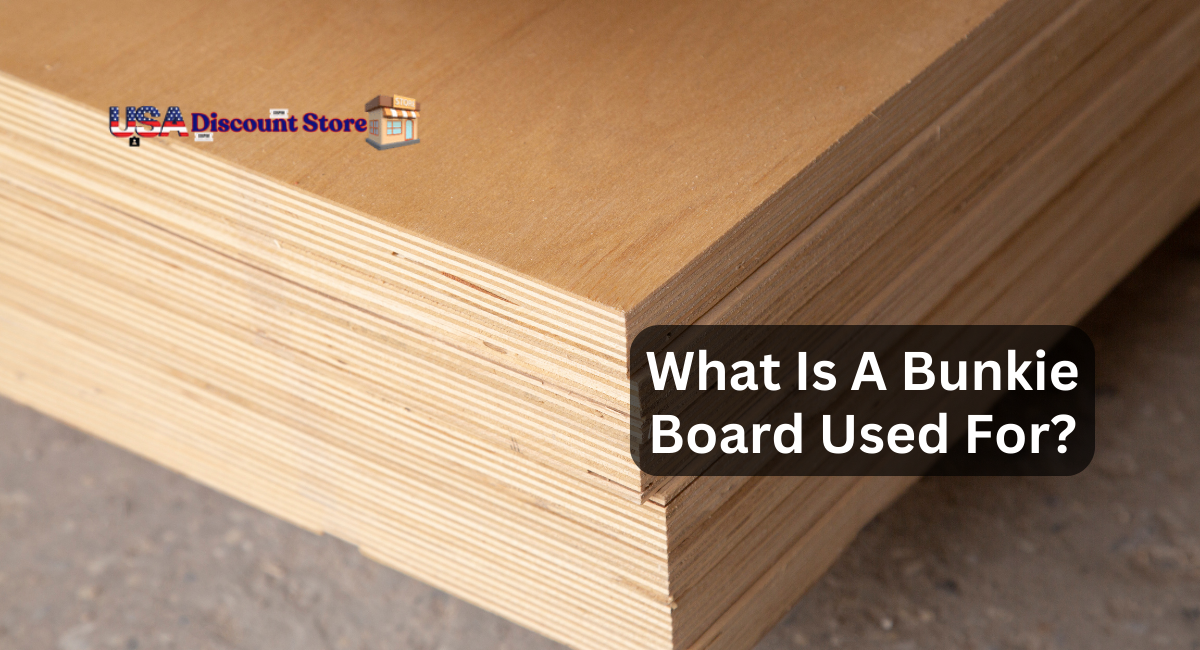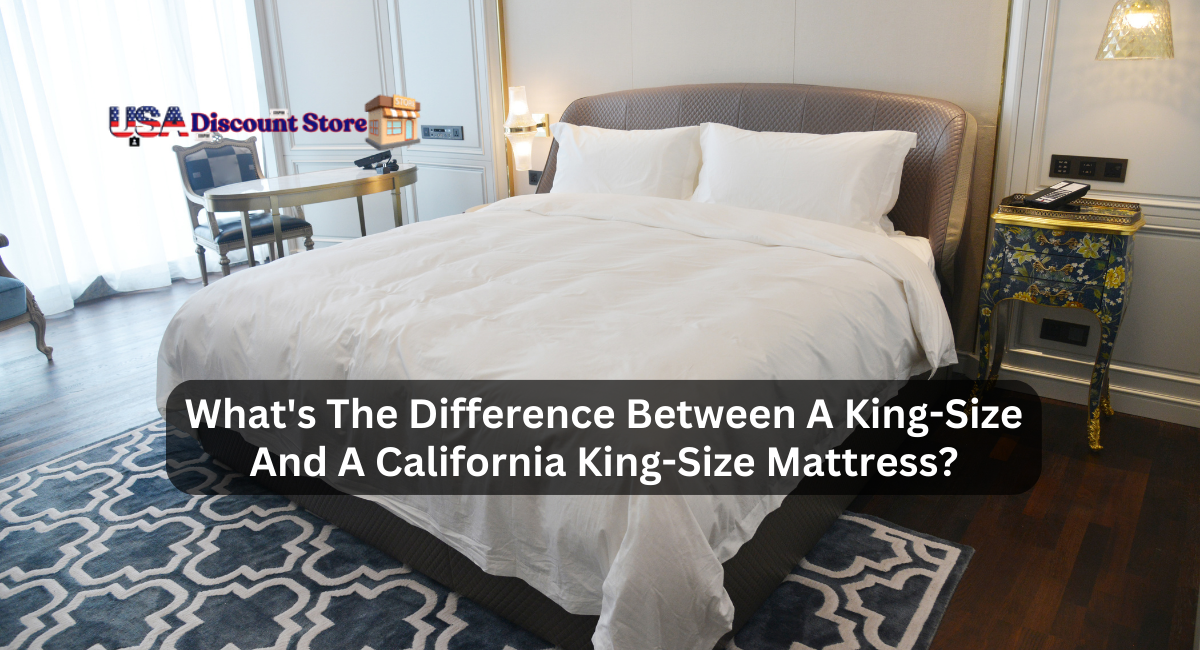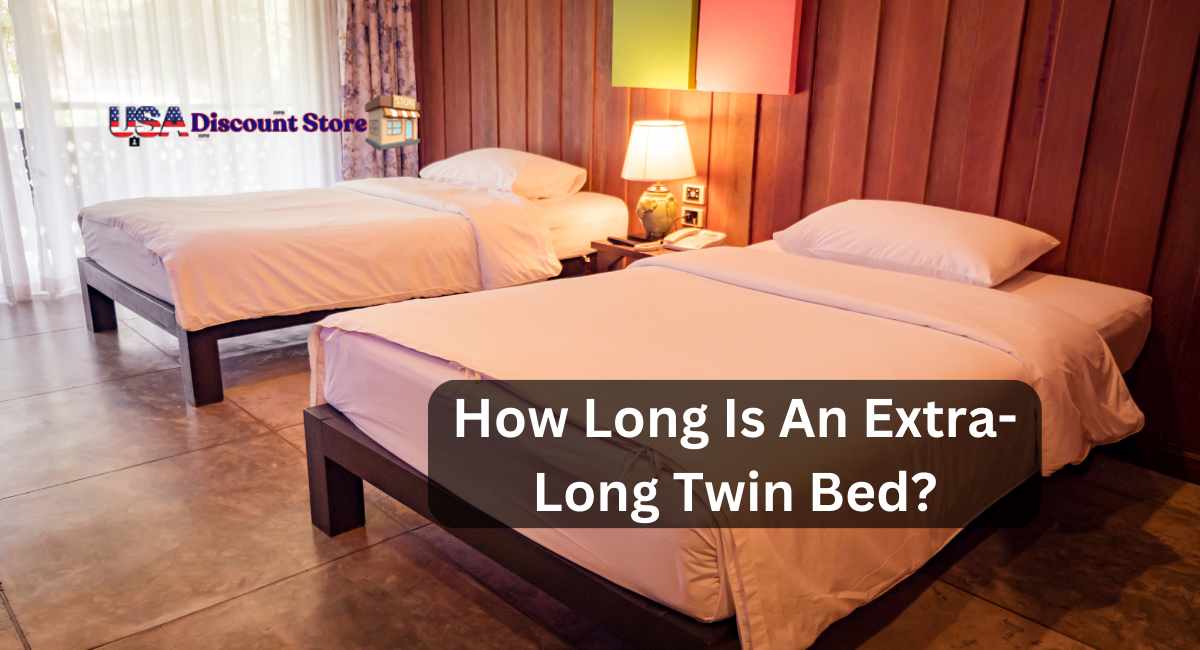Our sleeping environment is notably impacted by the materials we utilize. Most individuals slumber on conventional innerspring, memory foam, or hybrid mattresses. Nevertheless, a bed in isolation fails to offer the necessary support and comfort. The mattress needs a foundation.
Slatted foundations, bunkie boards, and box springs are such components. Each of these four bases elevates the mattress off the ground to improve the overall performance of the bed and provide additional support. Although a foundation, a box spring, and a bunkie board all serve comparable purposes, they are distinguished by significant distinctions. By dissecting these distinctions, we can better understand which mattress base would be most suitable for your needs.
What Is A Bunkie Board Used For?
Generally, a thin, flat timber board is utilized as a bunkie board between the base of a mattress and the mattress. Essentially, a bunkie board is used with or above a box spring or foundation to furnish a bed with more substantive support.
Contrary to a box spring’s conventional mattress foundation model, a bunkie board is typically employed as an auxiliary component to an established bed ensemble. For instance, in the case of all-foam or hybrid mattresses, box springs alone fail to offer sufficient support; therefore, a bunkie board is employed in conjunction with the box spring to ensure adequate support.
Types Of Bunkie Boards
Bunk bed boards may be fabricated by manufacturers using particle board, plywood, or solid timber. Every material possesses both benefits and drawbacks.
1. Plywood
Plywood bunkers are typically more expensive than particle boards despite their strength and lightweight (unless you opt to construct your bunkie board from plywood). A plywood is produced by adhering multiple thin layers of timber together.
2. Particle Board
Particle boards are produced composed of wood fragments that have been glued together. Although particle board bunkies are the most cost-effective alternative, they present specific health hazards that must be considered carefully.
Ultimately, the particle board will decompose, releasing formaldehyde emissions that can cause harm. Therefore, it is prudent to consider the type of formaldehyde used in producing particle boards to reduce health risks.
Particle boards are manufactured using phenol-formaldehyde (PF) or urea-formaldehyde (UF). However, due to its lack of fume emission, phenol-formaldehyde (PF) is considered a preferable alternative to the more hazardous urea-formaldehyde.
3. Wood Solids
Although sturdy, solid wood bunkies can be costly and cumbersome. Conversely, these types of bunkie boards possess inherent strength and longevity. Although most individuals consider them pricey, the bed frame’s extended lifespan justifies the additional cost.
Pros Of A Bunkie Board
- Lower Profile: One advantage of bunkie boards is their significantly lower profile than box springs. In contrast to an elevated mattress affixed to a box spring, an inverted mattress on a bunkie board may facilitate an easier time getting into and out of bed.
- Added Mattress Support: Bunkie boards offer additional support and structure beneath a mattress. They support the weight of a new mattress on a frame by sagging and slumping into the spaces between planks.
- Works on Any Size Mattress: Adaptable and uncomplicated, bunkie boards are compatible with all mattress sizes and varieties.
- Absorbing and Distributing Pressure: Bunkie boards absorb and distribute the force exerted by the user’s body on the mattress surface.
Cons Of A Bunkie Board
- Reduced Airflow: One drawback of bunkie boards is their potential to obstruct ventilation by establishing a rigid barrier between the mattress and base. As a result, the bed may become “stuffier” due to body heat retention. Insufficient ventilation may also facilitate the entrapment of allergens and mildew. Symptoms of mattress allergies are more prevalent than one might expect.
- Warping: In moister climates, wooden bunkie boards are susceptible to warping. It may cause the mattress to become less stable on the bed frame. A wooden bunkie board is not a suitable alternative for addressing this issue.
Bunkie Boards vs. Box Spring
The bunkie board and the box spring share specific characteristics. For instance, both provide mattress support to enhance comfort. Nonetheless, the two differ in numerous ways, beginning with their appearance.
A bunkie board is typically a two-inch-tall sheet of material. In contrast, a box spring is a timber framework encased in fabric, occasionally comprising 9-inch-tall coils.
The approximate weight of bunkie boards is 30 pounds, contingent upon their dimensions and composition. Nonetheless, a box spring often reaches a weight of nearly 100 pounds. Therefore, their portability dramatically enhances the ease of storing bunkie boards.
Box springs are required and conventional when it comes to innerspring mattresses. Even so, brand-new innerspring mattresses typically do not need one. Platform beds, bunkie boards, or support planks are appropriate foundations for innerspring mattresses.
Which Bunkie Board Material Should You Choose?
It is evident from the descriptions above that every bunkie board material has its own benefits and drawbacks. Not necessarily is there a single superior option among all of them? It is contingent on your budget, requirements, and the type of mattress you purchase. The following are several considerations to bear in mind when selecting a bunkie board:
1. Weight Capacity
Weight capacity is an essential consideration when selecting a bunkie board. The bunkie board is designed to support the mattress, any accompanying bedding, and the individual or individuals occupying the bed, including potentially tiny pets or people. Considerably ranging from 150 to 500 pounds, the weight capacity of a bunkie board is contingent upon its design.
Although solid timber boards typically have a high weight capacity, steel bunkie boards have the most significant weight capacity. While particle board has a lower weight capacity than plywood, neither steel nor timber is as strong as plywood.
2. Portability
It can be challenging to balance portability, weight capacity, and durability. While a steel bunkie board may possess notable durability and a substantial weight capacity, its weight renders it cumbersome to maneuver.
Plywood is the best material to use when you need something portable and lightweight, whether rearranging your furniture or simply relocating. Some bunkie boards are also foldable, making them convenient for transport and storage.
3. Durability
A sturdy bunkie board is an absolute necessity. You should only replace it occasionally, mainly if it costs a significant amount of money. Although steel is the most resilient material, its weight precludes its use on contemporary mattresses. Solid wood and plywood, as alternatives, both provide durability.
Particle board exhibits the lowest durability, particularly when considering a bunkie board that is impervious to moisture and fluctuations in environmental conditions. Solid wood is also susceptible to issues, such as cracking and expansion, when exposed to moisture and heat.
4. Price
Ultimately, the price of a bunkie board must also be considered. When considering your budget, you should also consider the board’s durability. Particle board and plywood are the most cost-effective alternatives, with plywood providing a more durable foundation.
If your budget is limited, these may provide you with excellent value. Although solid wood and steel are typically more costly, they may last longer.
Bunkie boards are sturdy, narrow platforms intended to support mattresses in platform beds, bunk beds, and beds with slats. Positioned between the mattress and the bed frame, it contributes to a more comfortable and long-lasting sleeping surface by enhancing mattress stability, preventing sagging, and ensuring appropriate support.
Thank you for reading…..






